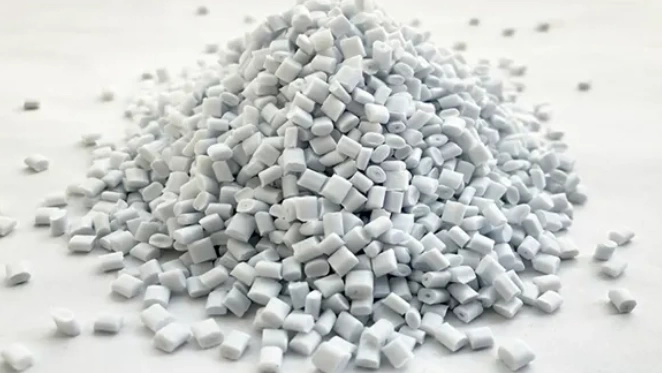How to Quit Smoking with Vape: Common Materials and Development Process for E-Cigarette Plastic Casings
As the global vaping industry continues to expand, e-cigarettes have become a popular tool for smokers looking to quit traditional cigarettes. One of the key components of an e-cigarette is its plastic casing, which not only determines the device’s durability and aesthetics but also impacts its overall performance. In this article, we will explore the common materials used in e-cigarette casings and the development process behind them, providing valuable insights for manufacturers and consumers alike.
Common Materials for E-Cigarette Plastic Casings
The choice of material for e-cigarette casings plays a critical role in ensuring the device’s functionality, safety, and user experience. The most commonly used materials include ABS plastic, PC polycarbonate, and PCTG. Each material has unique properties that make it suitable for specific applications.
1. ABS Plastic
ABS (Acrylonitrile Butadiene Styrene) is a terpolymer composed of three monomers: acrylonitrile (A), butadiene (B), and styrene (S). The relative proportions of these monomers can be adjusted to create resins with varying properties.

Key Features:
- Durability: ABS offers excellent mechanical strength, making it resistant to impact and wear.
- Heat Resistance: It can withstand moderate temperatures, making it suitable for e-cigarette casings.
- Chemical Resistance: ABS is resistant to many chemicals, ensuring longevity.
- Cost-Effectiveness: It is relatively inexpensive compared to other materials.
Applications:

ABS is widely used in e-cigarette casings due to its balance of strength, heat resistance, and affordability.
2. PC Polycarbonate
PC (Polycarbonate) is a strong, transparent thermoplastic known for its high impact resistance and clarity.
Key Features:
- Transparency: PC is highly transparent, making it ideal for e-cigarettes with LED displays or transparent designs.
- Impact Resistance: It is virtually unbreakable, ensuring durability.
- Heat Resistance: PC can withstand high temperatures without deforming.
Applications:
PC is commonly used in e-cigarettes that require transparent or semi-transparent casings, as well as devices with high durability requirements.
3. PCTG
PCTG is a copolymer of PET (Polyethylene Terephthalate) modified with CHDM (Cyclohexanedimethanol). It is known for its safety, transparency, and toughness.
Key Features:
- Safety: PCTG is free from harmful substances like BPA, making it safe for consumer use.
- Transparency: It offers excellent clarity, similar to PC.
- Toughness: PCTG is highly resistant to impact and stress cracking.
- Heat Resistance: It can withstand high temperatures, making it suitable for e-cigarette components.

Applications:
PCTG is widely used in e-cigarette components such as tanks, mouthpieces, and covers due to its safety and performance.
Development Process for E-Cigarette Plastic Casings
The production of e-cigarette plastic casings involves a series of precise steps to ensure high-quality results. Below is an overview of the typical development process:
1. Design and Development
- 3D Modeling: Designers use software like C4D or SolidWorks to create detailed 3D models of the casing.
- Prototyping: Prototypes are created using 3D printing or CNC machining for testing and validation.
2. Mold Making
- Mold Design: Based on the final product design, engineers create detailed mold designs.
- Mold Manufacturing: High-precision tools such as CNC machines, EDM (Electrical Discharge Machining), and grinding machines are used to produce the molds.
3. Injection Molding
- Material Selection: The appropriate plastic material (ABS, PC, or PCTG) is chosen based on the product requirements.
- Injection Process: Plastic pellets are heated to a molten state and injected into the mold cavity under high pressure.
- Cooling and Ejection: The molded casing is cooled and then ejected from the mold.

4. Post-Processing
- Deburring: Excess material and burrs are removed from the casing.
- Polishing: The surface is polished to achieve the desired finish.
- Painting and Coloring: Casings are painted or colored to meet aesthetic requirements.
- Printing: Logos, patterns, or text are added using techniques like screen printing or digital printing.
5. Assembly

- Component Integration: The plastic casing is assembled with other e-cigarette components, such as the battery, atomizer, and circuit board.
- Quality Inspection: The assembled product undergoes rigorous testing to ensure functionality and durability.
6. Packaging
- Final Inspection: A final quality check is performed before packaging.
- Packaging: The e-cigarette is packaged according to storage and transportation requirements.
Why Material and Process Matter
The choice of material and the precision of the manufacturing process directly impact the performance, safety, and user experience of e-cigarettes. High-quality materials like ABS, PC, and PCTG ensure durability and safety, while advanced manufacturing techniques guarantee consistency and precision.
For consumers, understanding these factors can help in selecting e-cigarettes that are not only effective for smoking cessation but also safe and reliable. For manufacturers, optimizing material selection and production processes can lead to superior products that stand out in a competitive market.
Discover more from Ameca-mall
Subscribe to get the latest posts sent to your email.

